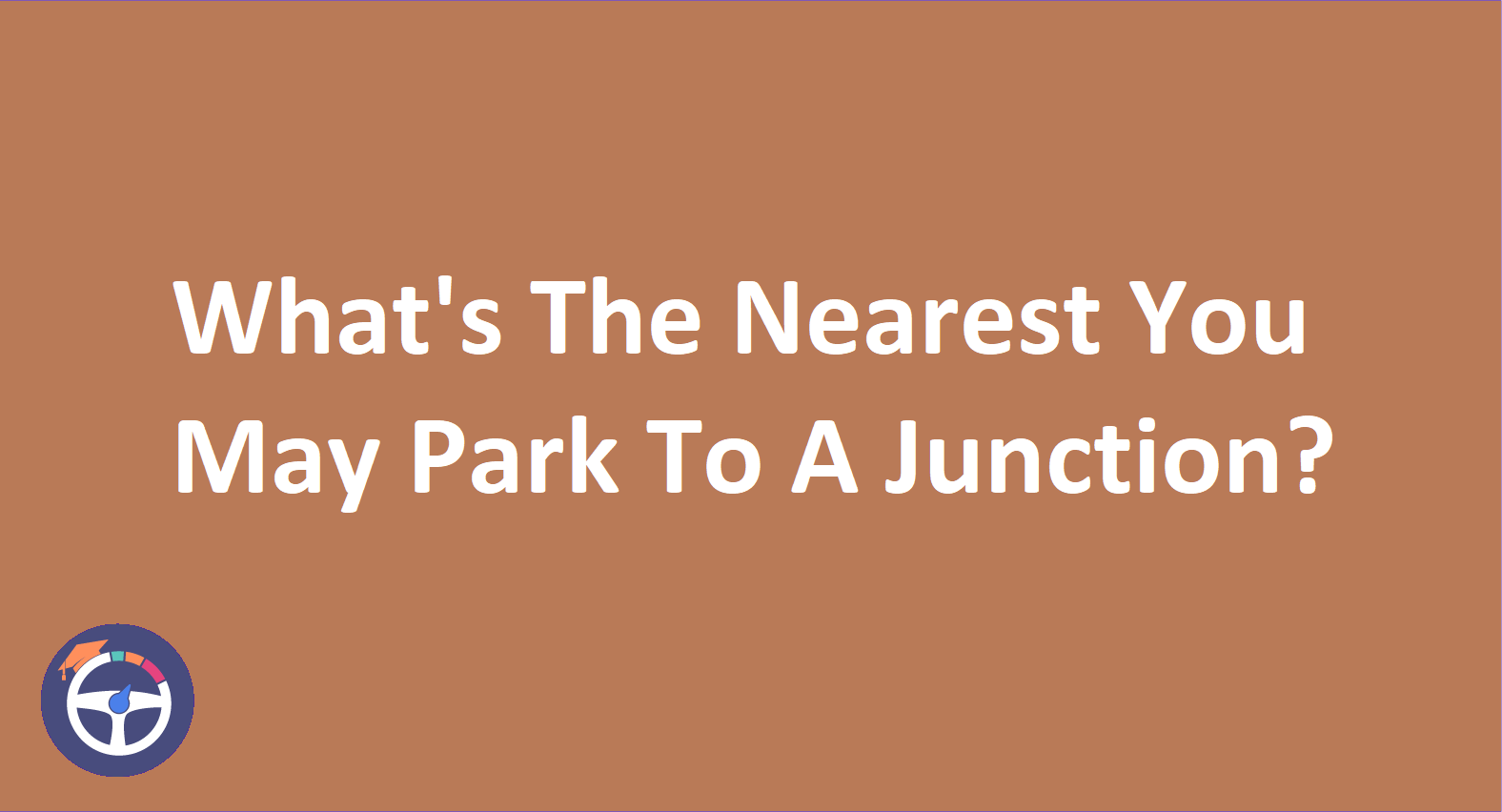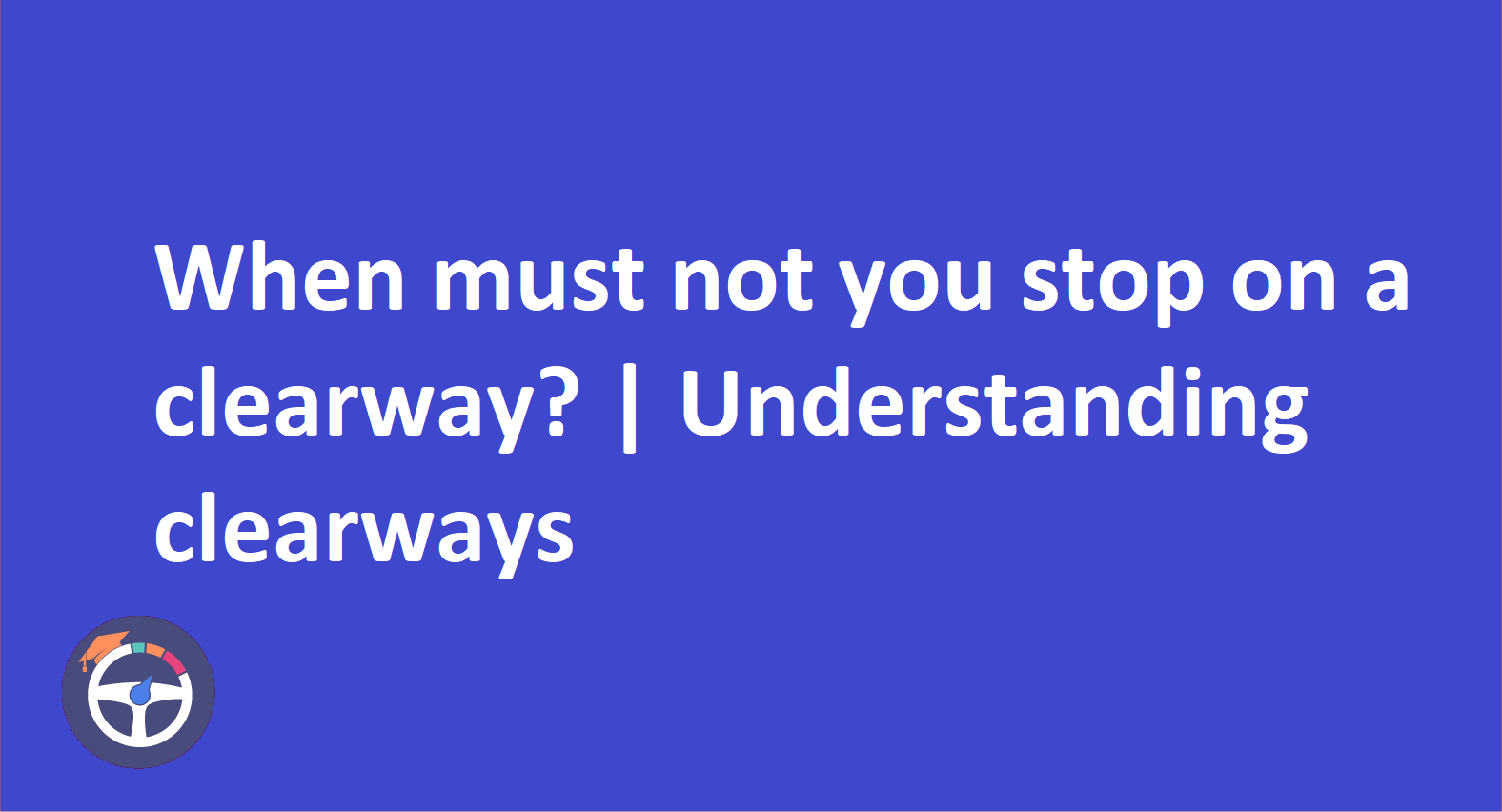What's The Nearest You May Park To A Junction?
Avoid parking within 10 metres (32 feet) of a junction unless it's in a designated parking area. This ensures that drivers entering or exiting the junction have a clear view of the road, helping them spot potential hazards like pedestrians or cyclists.

Contents
- What's The Nearest You May Park To A Junction
- Safety First: How Important Is Good Visibility
- A Universal Standard For Safety - The 10-Meter Rule
- Pay Attention to Signs and Markings
- Additional Safety Tips
Finding a spot, pulling in and you’re done! Simple enough right? Well, not so much when it comes to parking near a junction. Here’s why that empty spot near a busy intersection might not be the best option. And what the golden rule of parking near a junction is all about.
Safety First: How Important Is Good Visibility?
Imagine that you are approaching a junction while traveling down a road. An example of a common scenario that can occur when drivers park too close to junctions is an unexpected car pulling out from behind a parked vehicle obstructing your view and causing a near miss. Here is why having clear visibility is essential:
1. Traffic Flow: The flow of traffic at junctions is hectic. This is because several cars merge, turn, and pass each other. Parking too close can make it difficult for other drivers to see you. This could also cause them to become confused or hesitant.
2. Pedestrian Safety: When crossing the street at a crosswalk, pedestrians must have a clear view of approaching vehicles. When parked cars obstruct their view, they may be in danger.
3. Emergency Vehicles: Time is of the essence in an emergency. Police fire or ambulance vehicles may find it difficult to maneuver around parked cars near intersections.
A Universal Standard For Safety - The 10-Meter Rule
Many nations and areas have set minimum parking distance recommendations near intersections. This is to protect everyone’s safety while driving. So, what's the nearest you park to a junction? This distance usually is:
10 feet or 32 meters
A straightforward but useful guideline is the 10-meter rule. A junction can be avoided by parking your car at least ten meters away from it.
1. Enhance Visibility: By having a clear view of approaching traffic you and other drivers can lower the chance of collisions.
2. Boost Pedestrian Safety: It is easier for pedestrians to see approaching cars when they are crossing the road.
3. Keep the Traffic Flow Smooth: Parking cars that obstruct the view are less likely to cause traffic flow disruptions at the intersection.
Pay Attention to Signs and Markings
The 10-meter rule is a general recommendation. You should constantly be aware of any particular parking restrictions when it comes to intersections. These can be shown as follows:
1. Curb Markings: Particularly in the vicinity of intersections, painted lines such as yellow ones are frequently used to indicate no parking zones.
2. Signage: Search for signs that state ‘’No Parking’’ clearly or that indicate how far away from the intersection you must park.
Additional Safety Tips
Here are some extra tips to remember when parking close to intersections:
1. Prevent Parking On Curves: Parking at bends can obstruct the view of oncoming traffic much like parking near junctions.
2. Utilize The Spaces Allocated For Parking: For improved safety and visibility choose designated parking spaces away from intersections whenever feasible.
3. Remember To Avoid Blind Spots: Be mindful of your car's blind spots. Take care not to obstruct the view of bicyclists or pedestrians even when parked legally.
4. Park In Line With The Traffic: When pulling out, always park in the direction of traffic flow to prevent confusion and possible accidents.
Now that you know whats the nearest you can park to a junction. Remember that extra caution is always advised when parking close to intersections. You may help make driving safer and more enjoyable for everyone on the road by adhering to the 10-meter rule, observing markings and signs, and using safe parking techniques. So, the next time you’re looking for a place to park! Keep in mind the important 10 meters and put safety before convenience.


